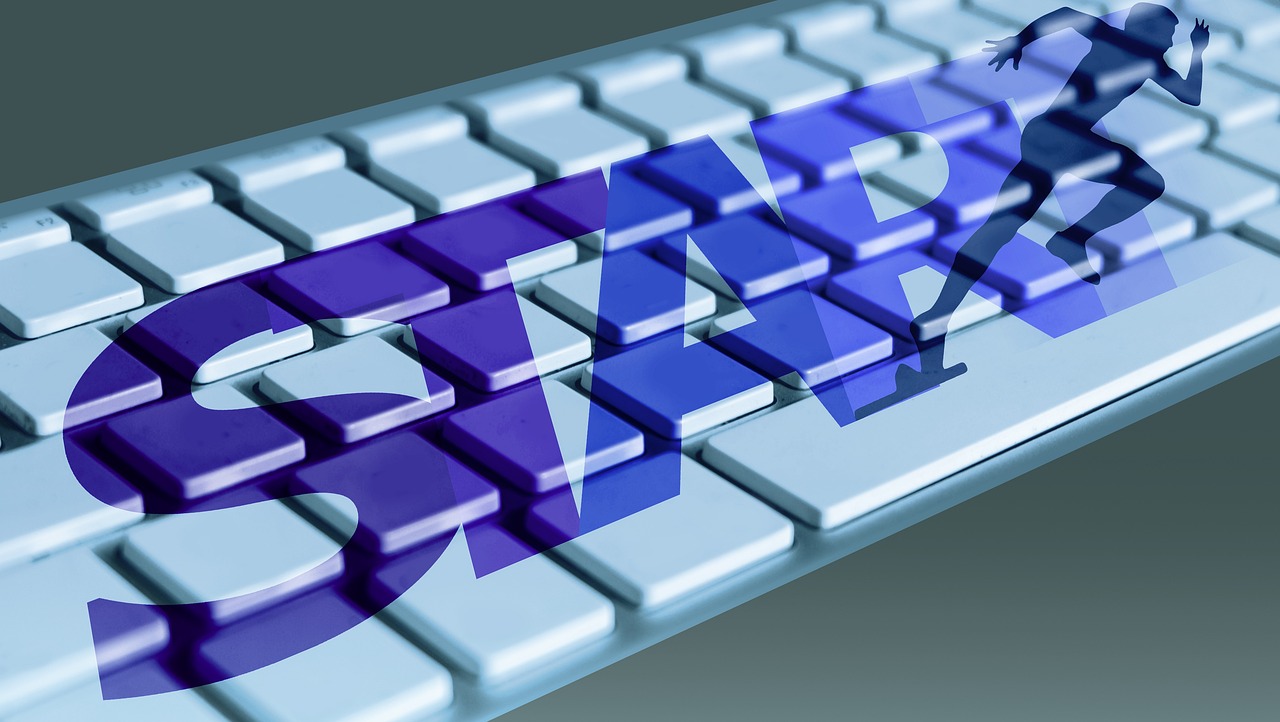Calendars: they’re not just for knowing what day it is anymore. In today’s fast-paced world, effective calendar management is crucial for productivity, organization, and staying on top of both personal and professional commitments. From simple appointment scheduling to complex team collaboration, the right calendar tool can be a game-changer. This blog post will delve into the world of calendar tools, exploring their features, benefits, and how to choose the perfect one for your needs.
Why Use a Calendar Tool?
Increased Productivity
A well-managed calendar is a foundation for increased productivity. By visually mapping out your day, week, or month, you gain a clearer understanding of your commitments and can allocate time more effectively.
- Time Blocking: Schedule specific blocks of time for focused work, meetings, and even breaks. For example, reserve 9:00 AM to 11:00 AM for project work, 11:00 AM to 12:00 PM for meetings, and so on.
- Prioritization: Identify and prioritize tasks based on deadlines and importance. Use color-coding or flags to highlight urgent items.
- Task Integration: Many calendar tools integrate directly with task management apps, allowing you to schedule tasks directly into your calendar.
Enhanced Organization
Staying organized is simplified with the right calendar tool. Forget sticky notes and mental reminders; a digital calendar provides a centralized, searchable, and accessible hub for all your important information.
- Centralized Information: Keep all your appointments, reminders, and notes in one easily accessible location.
- Search Functionality: Quickly find past events or future appointments by searching keywords or dates.
- Recurring Events: Easily schedule recurring meetings, reminders, or tasks without manually creating each entry.
Improved Collaboration
Collaboration becomes seamless with calendar tools that offer sharing and synchronization capabilities. This is especially valuable for teams working on projects or sharing resources.
- Shared Calendars: Create shared calendars for teams, departments, or families to coordinate schedules and events.
- Meeting Scheduling: Simplify meeting scheduling by checking the availability of participants directly within the calendar.
- Resource Management: Track the availability of shared resources, such as conference rooms or equipment, by adding them as “resources” to your calendar.
Key Features to Look For
Core Functionality
While the core purpose of a calendar is to schedule events, modern calendar tools offer a range of features to enhance productivity and organization.
- Event Scheduling: Ability to create, edit, and delete events with detailed information such as date, time, location, and attendees.
- Reminders & Notifications: Customizable reminders to ensure you never miss an important appointment or deadline. Consider the level of customization available; can you set multiple reminders for a single event?
- Recurring Events: Efficiently schedule repeating events (daily, weekly, monthly, yearly) with customizable options.
- Time Zone Support: Essential for individuals or teams working across different time zones. Ensure the tool accurately handles time zone conversions.
Advanced Features
Beyond the basics, consider these advanced features for increased productivity and efficiency.
- Integration with Other Apps: Seamless integration with email, task management, CRM, and other productivity apps. Look for integrations with platforms like Gmail, Outlook, Asana, Trello, Salesforce, and Zoom.
- Meeting Scheduling Tools: Features such as scheduling polls and meeting links to streamline the process of finding a time that works for everyone. Consider integrations with tools like Calendly or Doodle.
- Calendar Sharing and Permissions: Ability to share your calendar with others and control the level of access they have (e.g., view only, edit, manage).
- Customization Options: Personalize the calendar’s appearance and functionality to suit your preferences. This can include color-coding, views (day, week, month, year), and custom fields.
Platform Compatibility & Accessibility
Ensure the calendar tool is compatible with your devices and operating systems for seamless access and synchronization.
- Cross-Platform Support: Availability on desktop (Windows, macOS, Linux), mobile (iOS, Android), and web browsers.
- Synchronization: Automatic synchronization of events across all devices to ensure data consistency.
- Offline Access: Ability to view and edit calendar events even without an internet connection.
Popular Calendar Tools: A Comparison
Google Calendar
Google Calendar is a widely used, free calendar tool that integrates seamlessly with other Google services like Gmail, Google Meet, and Google Workspace. It’s known for its user-friendly interface and robust feature set.
- Pros: Free, integrates with Google services, easy to use, shared calendars, meeting scheduling.
- Cons: Limited customization options compared to some paid tools, privacy concerns for some users.
- Example: Use Google Calendar to schedule meetings, set reminders, and share your calendar with colleagues for easy collaboration.
Microsoft Outlook Calendar
Microsoft Outlook Calendar is a powerful calendar tool included in the Microsoft Office suite. It integrates seamlessly with Outlook email and other Microsoft Office applications.
- Pros: Integrates with Microsoft Office, robust features, advanced meeting scheduling, enterprise-level security.
- Cons: Can be expensive, complex interface for some users, relies heavily on the Microsoft ecosystem.
- Example: Use Outlook Calendar to manage your email, schedule meetings, and track tasks all in one place.
Apple Calendar
Apple Calendar is the built-in calendar app on macOS and iOS devices. It integrates seamlessly with iCloud and other Apple services.
- Pros: Free for Apple users, integrates with Apple ecosystem, user-friendly interface, iCloud synchronization.
- Cons: Limited features compared to some paid tools, primarily for Apple users.
- Example: Use Apple Calendar to schedule appointments, set reminders, and sync your calendar across all your Apple devices.
Other Noteworthy Options
- Calendly: Focuses specifically on streamlining meeting scheduling.
- Doodle: Facilitates finding the best time for group meetings.
- Any.do: Combines calendar, task management, and reminders in one app.
Choosing the Right Calendar Tool
Assess Your Needs
Before choosing a calendar tool, carefully assess your individual or team needs.
- Individual vs. Team Use: Are you using the calendar tool for personal use or for team collaboration?
- Features Required: What features are essential for your workflow (e.g., meeting scheduling, integration with specific apps)?
- Budget: Are you willing to pay for a premium calendar tool, or are you looking for a free option?
Consider Integrations
Choose a calendar tool that integrates seamlessly with the other apps you use regularly.
- Email: Integration with your email provider (Gmail, Outlook, etc.) is crucial for scheduling meetings and receiving notifications.
- Task Management: Integration with task management apps (Asana, Trello, etc.) allows you to schedule tasks directly into your calendar.
- CRM: Integration with your CRM (Salesforce, HubSpot, etc.) can help you track appointments and follow-ups with clients.
Trial and Error
Take advantage of free trials or free versions of different calendar tools to find the one that best suits your needs.
- Experiment: Try out different calendar tools to see which one you prefer.
- Gather Feedback: If you’re choosing a calendar tool for your team, gather feedback from your colleagues to ensure it meets their needs.
Conclusion
Choosing the right calendar tool is an investment in your productivity and organization. By understanding your needs, exploring available features, and considering integrations, you can find a calendar tool that helps you stay on top of your commitments and achieve your goals. Whether you opt for a free, feature-rich option like Google Calendar or a more comprehensive solution like Microsoft Outlook Calendar, the key is to find a tool that fits seamlessly into your workflow and empowers you to manage your time effectively. Start exploring your options today and unlock the power of efficient calendar management.
Read our previous article: Threat Intel: Beyond Indicators, Building Strategic Resilience




